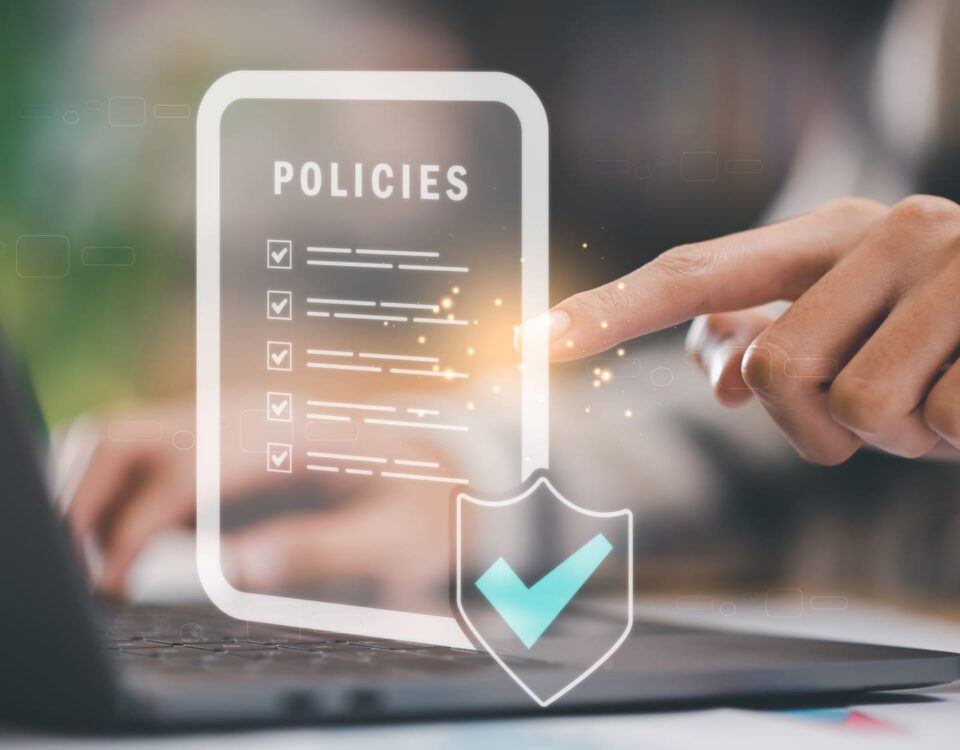POLICY UPDATE FOR THE EB-1
USCIS has published today (2-Oct-2024) an update to its Policy Manual, clarifying a few issues regarding how officers should analyze EB-1 cases.
Overall, the update is helpful to immigrants.
BACKGROUND & CONTEXT
- The EB-1 (or E11) visa is reserved for professionals of “Extraordinary Ability,” a concept that (mindful of the peculiarities of each visa) is comparable to the “Exceptional Ability” of the EB-2 visas. Like the EB2-NIW, the EB-1 may, in certain cases, be self-petitioned by the immigrant.
- “Extraordinary Ability” is a subjective concept. The law says that the extraordinary professional represents the elite of his/her field. That is, not just a good professional, but one of the best.
- USCIS accepts two types of evidence for Extraordinary Ability: the professional has received an internationally recognized award (e.g., Nobel Prize), or the professional fulfills 3/10 criteria commonly associated with major professionals (e.g., box-office success or reference in trade publications).
- To help its officers judge who has Extraordinary Ability, USCIS publishes a manual explaining to its officers how to judge EB-1 cases — the Policy Manual. Today’s update changes some of the guidance in that manual.
WHAT’S NEW?
The updates center on the Policy Manual’s instructions regarding Extraordinary Ability:
- Team awards are acceptable: The extraordinary professional must show receipt of an internationally recognized prize or, if unavailable, attainment of less prestigious awards. There was a debate over whether such awards had to be individually earned. Now the answer is clear: awards that were obtained as part of a team are acceptable. Example: a swimmer who earned a medal as part of a relay team.
- Past memberships will be considered: Another criterion of Extraordinary Ability was to be a member of well-known professional associations. But it was unclear if the professional had to still be a member of these associations at the time of filing. Now, we can say for certain that past memberships will be taken into account.
- Publications no longer need to discuss an applicant’s work’s merit: Previously, the Policy Manual seemed to indicate that it was not enough for a trade publication to reference and discuss a petitioner’s work; it had to compliment the work, highlighting its contributions and importance. That is no longer the case. Mere discussion now suffices.
- Non-artistic exhibitions must be argued under a different criterion: In our opinion, this is the only clarification that ‘worsened’ things for petitioners. This is a very technical point that is likely to confuse those unfamiliar with the finer workings of the EB process. Previously, USCIS would accept any type of exhibition for this criterion, not just artistic ones. Example: not just a painting hanging in a museum, but also participating in an important sporting event. That rule has now changed: exhibitions that are not artistic can still be relevant, but they must be argued under a different, more complex criterion that requires more detailed arguments.






